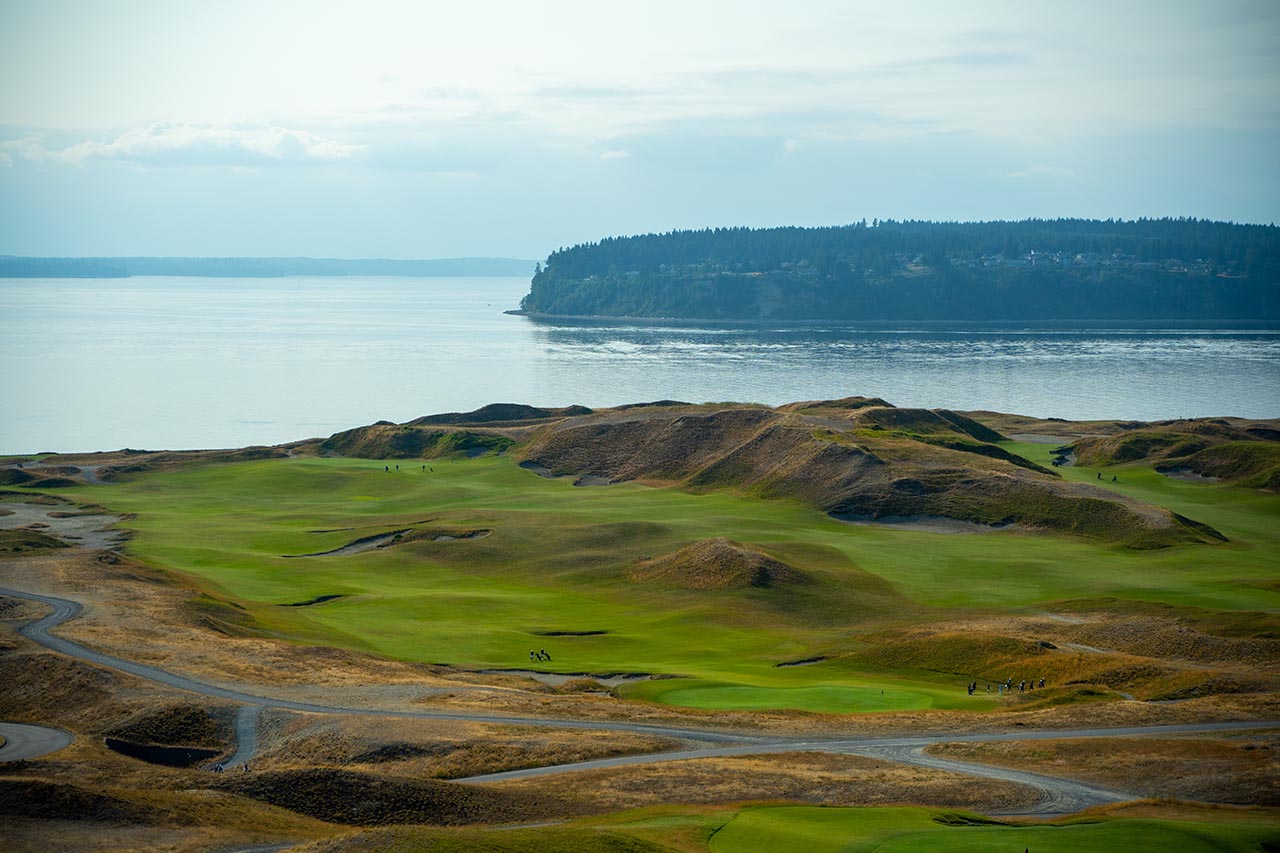One of the more challenging aspects of designing a golf course is trying to accommodate a wide range of playing abilities for golfers worried about their scores. Designers find themselves having to conform to norms or makes things “fair” as opposed to finding or crafting interesting holes.
Eighteen years ago I was part of the team including Robert Trent Jones Jr. and Bruce Charlton that designed Chambers Bay in University Place, Washington, and there was always a desire for it to be played as a match course. No tee blocks, no par, just play the hole from wherever you want and whoever wins that hole picks where to start on the next hole.
As we got ready to open the course, that idea didn’t fly. Chambers Bay is a municipal course developed by Pierce County and managed by KemperSports. Both parties believed the public course had to have a scorecard with pars, yardages and different sets of tees for players of different abilities. And so like 99.9 percent of courses, Chambers Bay – which ranks as the No. 2 public-access course in Washington on Golfweek’s Best list, as well as No. 52 among all modern courses built in the U.S. since 1960 – is normally set up for stroke play.
But not this week when the world’s best female amateur golfers descend on Chambers Bay for the 122nd U.S. Women’s Amateur. The stroke-play qualifying for the championship began Monday and continued into Tuesday. After those two days of stroke-play qualifying, match play rules the day until a champion is crowned Sunday, August 14. And while winners won’t get to pick where to tee off next, USGA officials have an infinite number of options when setting up the course.
Let’s take a look at Nos. 10-16, as they are most likely to determine the outcome of many matches. These holes played pivotal roles in previous individual championships at Chambers Bay, the 2010 U.S. Amateur and the 2015 U.S. Open.

